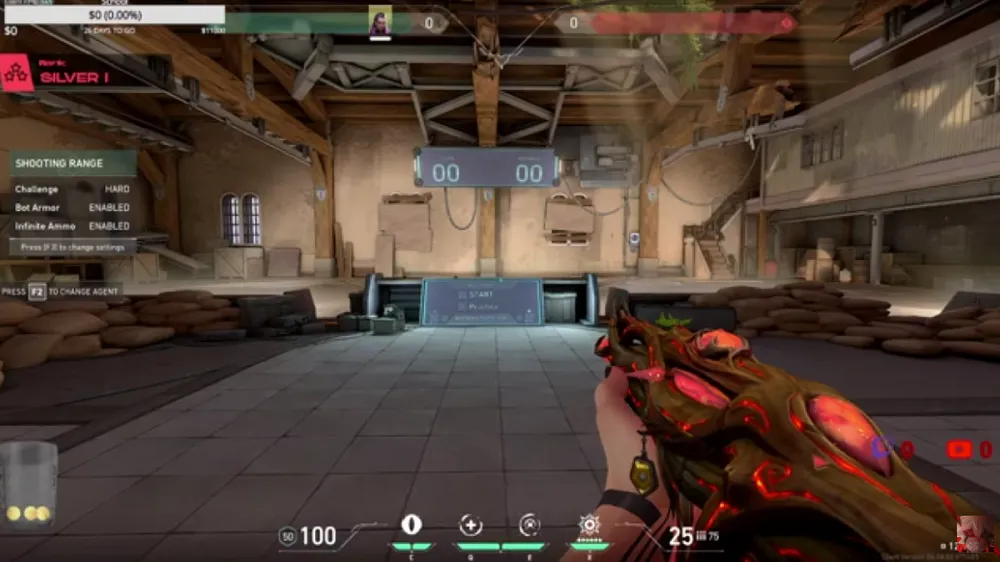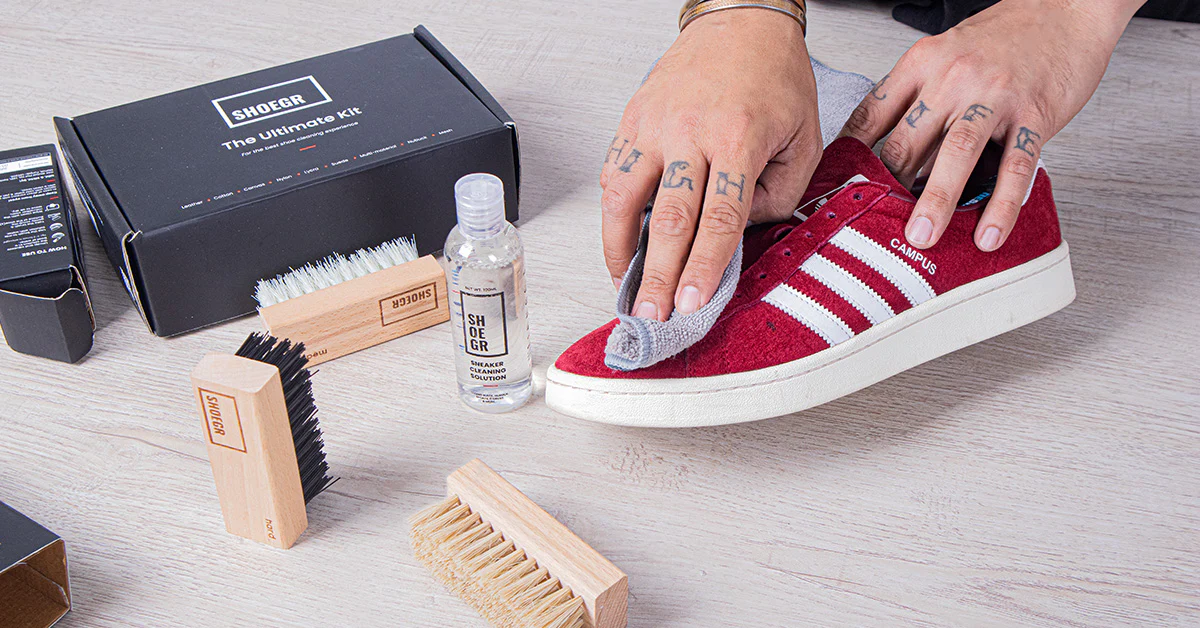Macrame has become very popular again in the past few years. You see it everywhere—from bohemian wall hangings and plant holders to jewelry and home decor. What makes these intricate knot patterns possible is something simple yet powerful: macrame cord. Without the right cord, even the most beautiful design won’t come out the way you imagined.
This guide breaks down everything you need to know about macrame cord—its types, sizes, materials, uses, and even how to care for your finished pieces. Whether you’re just starting out or you’ve already knotted a few masterpieces, understanding your cord options will take your craft to the next level.
What Is Macrame Cord?
Macrame cord is a strong, flexible fiber designed for knotting. Unlike regular yarn or sewing thread, it’s thicker, sturdier, and better suited for decorative knots that hold their shape. Cords can be cotton, jute, hemp, nylon, or even synthetic blends.
Macrame itself has a long history. The word comes from the Arabic term migramah, meaning “fringe.” Sailors popularized knotting techniques centuries ago, decorating ship parts with cords. Today, the same skill has transformed into a popular home craft, giving rooms a rustic yet stylish vibe.
The bottom line: the cord you choose will determine the look, durability, and ease of your project.
Different Types of Macrame Cord
Choosing the right cord type makes the difference between frustration and flow.Here are the types you will most frequently come across:
Single Strand Macrame Cord
- Soft and smooth, perfect for beginners.
- Easy to fray, which creates beautiful fringes.
- Best for wall hangings, tassels, and plant holders.
- Downside: less durable for heavy-duty projects.
3-Ply Twisted Macrame Cord
- Made by twisting three strands together.
- Stronger and sturdier than single strand.
- Leaves a spiral texture that adds visual interest.
- Excellent for furniture accents, hammocks, or large decor pieces.
Braided Macrame Cord
- Tightly woven, doesn’t unravel easily.
- Harder to comb out for fringes, but extremely strong.
- Ideal for outdoor products such as garden decorations or swing chairs.
Specialty Cords
- Jute: Natural, rustic look, great for farmhouse-style projects.
- Hemp: Durable and eco-friendly, though a bit rougher on hands.
- Synthetic: Nylon or polyester cords that resist weather and moisture.
- Recycled cotton: A sustainable option that’s both soft and eco-conscious.
Tip: If you’re new, start with single strand cotton cord. It’s forgiving, easy to knot, and soft on the fingers.
Choosing the Right Macrame Cord Size
The thickness of the cord has a direct influence on the appearance and texture of your project. Smaller cords produce delicate knots, while larger cords create bold, chunky patterns.
Here’s a quick reference guide:
| Cord Size | Best For | Advantages | Drawbacks |
| 2–3 mm | Jewelry, keychains, coasters | Precise, delicate details | Takes longer to finish projects |
| 4–5 mm | Wall hangings, plant hangers | Most versatile, easy to handle | Moderate cord consumption |
| 6 mm+ | Rugs, hammocks, curtains | Bold, statement pieces | Heavy, requires more cord |
For most beginners, 4–5mm cotton cord is the sweet spot. It’s thick enough to see your knots clearly but not too bulky to handle.
Best Macrame Cord Materials
The material you choose impacts everything from knotting comfort to durability. Let’s look at the most popular options:
Cotton Cord
- The most widely used material.
- Soft, flexible, and easy to unravel for fringes.
- Eco-friendly and perfect for beginners.
Hemp and Jute Cord
- Natural and rustic.
- Very strong but rougher on the hands.
- Works well for outdoor or earthy designs.
Nylon or Synthetic Cord
- Smooth and slightly shiny finish.
- Extremely strong and moisture resistant.
- Ideal for jewelry, outdoor crafts, or items exposed to water.
Recycled Cord
- Eco-conscious choice, often made from cotton waste.
- Affordable and sustainable.
- Quality can vary depending on the blend.
How to Choose the Best Macrame Cord for Your Project
When selecting your cord, ask yourself these questions:
- What are you making?
- Jewelry? Go with 2–3 mm nylon or cotton.
- Wall hanging? Choose 4–5 mm single strand cotton.
- Rug or hammock? Opt for 6 mm twisted or braided cord.
- What look are you going for?
- Clean and boho? Cotton cord.
- Rustic farmhouse? Jute or hemp.
- Bold and shiny? Nylon cord.
- Will it be indoors or outdoors?
- Indoor decor: cotton works best.
- Outdoor projects: synthetic or braided cord is more durable.
By matching cord type, size, and material to your project, you’ll set yourself up for success.
Where to Buy Macrame Cord
Finding the right cord is easier than ever. Here are some options:
- Local craft stores like Michaels or Hobby Lobby for quick buys.
- Online retailers such as Amazon, Etsy, or specialty stores like Ganxxet and Bobbiny.
- DIY suppliers for bulk orders or eco-friendly recycled options.
When shopping, look for:
- Tightly twisted or braided cords (less fraying).
- Even thickness throughout the bundle.
- High-quality dye for vibrant, lasting colors.
How Much Macrame Cord Do You Need?
One of the biggest beginner mistakes is underestimating cord length.A helpful guideline is to use 4 to 6 times the length of your completed project.
Here’s a quick cheat sheet:
- Small keychain: 3–5 feet.
- Medium plant hanger: 50–75 feet.
- Large wall hanging: 200+ feet.
- Full curtain: 500+ feet.
It’s always better to have a little extra than to run short halfway through your design.
Macrame Cord Colors and Styles
Cord isn’t just about size and material—it’s also about color.
- Solid colors give a clean, bold look.
- Variegated cords add dimension without switching cords.
- Dip-dyed or ombre cords create beautiful gradient effects.
- Multicolor projects allow you to mix shades for unique patterns.
Think about your space when choosing colors. Neutrals like cream, beige, or gray fit modern decor, while bold colors like mustard, teal, or rust pop in eclectic interiors.
Caring for Macrame Cord Projects
Macrame pieces can last years if you care for them properly.
- Dust regularly with a feather duster or gentle vacuum.
- Use mild soap and water to spot clean cotton cords.
- Avoid harsh chemicals that can damage fibers.
- Keep fringes neat by combing them gently with a small brush.
For outdoor projects, choose synthetic cords—they withstand rain and sun better than natural fibers.
DIY Ideas – What You Can Make with Macrame Cord
Your options become limitless as soon as you master your knots.Popular projects include:
- Wall hangings
- Plant hangers
- Keychains
- Bracelets and necklaces
- Curtains and room dividers
- Rugs and doormats
- Coasters and placemats
Example: A simple 4mm cotton cord wall hanging can take a blank wall from boring to boho chic in just a weekend.
Common Mistakes to Avoid When Working with Macrame Cord
Even experienced crafters make mistakes. Here’s what to watch out for:
- Choosing the wrong cord size for your project.
- Not buying enough cord—always measure generously.
- Fraying too much when making fringes.
- Skipping preparation like taping ends to prevent unraveling.
- Using poor-quality cord that sheds or breaks easily.
Avoid these, and your projects will look more professional.
Frequently Asked Questions About Macrame Cord
Can you use yarn instead of macrame cord?
Yes, but it’s less sturdy. Yarn works for small projects like bracelets but not for heavy plant hangers.
What’s the difference between rope, string, and cord?
- Cord: Made for knotting, comes in multiple plies or braids.
- String: Thinner and less durable.
- Rope: Thick, heavy, and often used for outdoor or industrial purposes.
What is the method for determining the length of cord needed for a project?
Multiply the desired finished length by 4–6. Add more for complex knots.
Which cord is best for beginners?
Single strand 4mm cotton cord—it’s soft, easy to knot, and versatile.
Is macrame cord expensive?
Not usually. A 100m roll can range from $10–$30 depending on quality and material.
Final Thoughts – Picking the Perfect Macrame Cord
At first glance, all cords may look the same, but once you start crafting, the differences become clear. The right macrame cord not only makes knotting easier but also transforms your finished piece into something beautiful and long-lasting.
Choose your cord based on size, material, and project type.Feel free to try new things—often the most interesting outcomes arise from blending different textures and colors. With the right cord in hand, every knot you tie brings you closer to a piece that’s not just decoration, but a personal work of art.















Leave a Reply